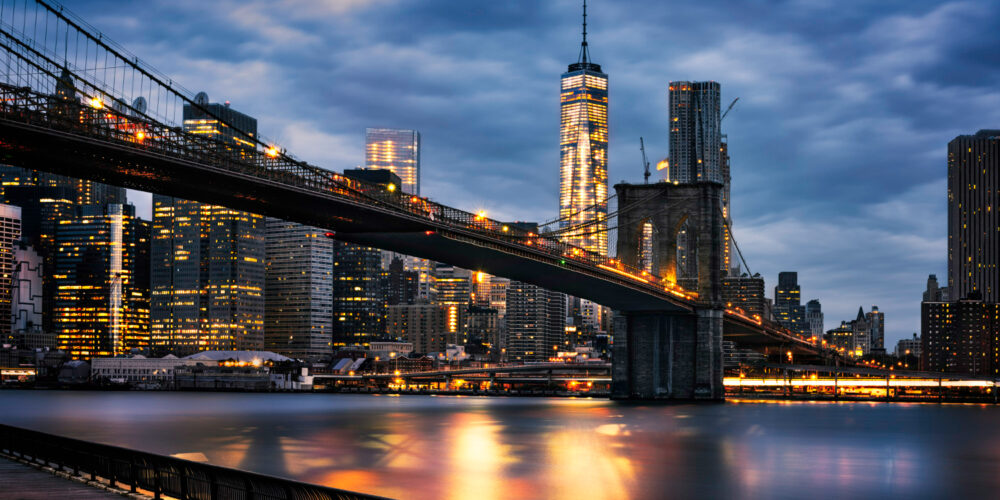Case Study: New York City

New York is one of the most urbanized and developed cities in the United States, which has implemented many projects due to the challenges it has faced over time to transform the city into a smart one, involving both the government and citizens.
Waste management was an ongoing challenge, initially being dumped in the ocean, later using a landfill and an incinerator, which generated other environmental and pollution problems. The measures taken were to transport the waste to neighboring states, and then they designed recycling facilities and opened waste-to-energy plants.
As a smart city initiative, the government launched a smart trash bin called Big Belly New York. These bins contain a wireless sensor that monitors waste levels, which is useful for efficient planning of pick-up and drop-off trips.
As well as waste, air quality was a major concern, so the relevant New York City department installed 75 temporary monitoring stations that produce air quality reports, and 8 permanent air monitors report data every 15 minutes, establishing -it is said that the heating oil used in just 1% of buildings causes more pollution than all the cars in the city. Thanks to these measures, carbon dioxide emissions have decreased by 70% since 2008.
To ensure citizens are using water responsibly, New York’s Environmental Protection Agency has implemented automated mass meter reading (AMR) to get a clearer picture of water use. The most effective methods of using water wisely are “Grey Water” and “Rainwater Harvesting”.
Another smart move was the installation of “Links”, over 2,200 links. Each Link offers free fast public Wi-Fi (100 times faster than regular public Wi-Fi), free calls anywhere in the US, device and tablet charging. People can also access government information and the 311 app for non-emergency services. LinkNYC is completely free and funded by advertising.
A number of projects in New York are retrofitting LED lighting, saving more than $800,000 annually and preventing more than 900 metric tons of greenhouse gas emissions. Energy consumption can be reduced by reducing lighting time each day.
Smart parks have been created so that citizens can reconnect with public spaces, in the open air, where multifunctional benches have been installed, offering free mobile charging, additional places to relax.
Another problem in NYC is traffic, with the slowest public transit system in the country. The Better Buses project aimed to improve the speed of buses by allowing them to move continuously thanks to a combination of hardware and software that turn traffic signals green when a bus approaches.
Multiple technologies have already been implemented in New York City as an initiative to transform it into a smart city. Several pilot projects have been launched to improve people’s quality of life, and companies, start-ups and citizens can also offer their opinions, ideas or solutions to make NYC a better place to live.


